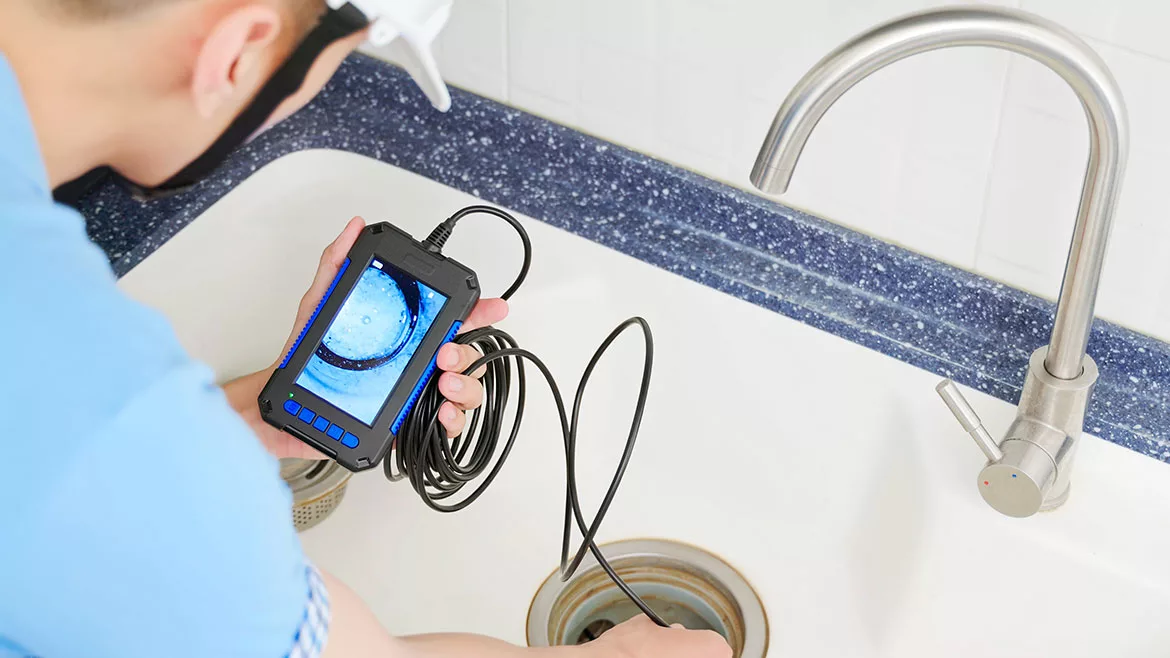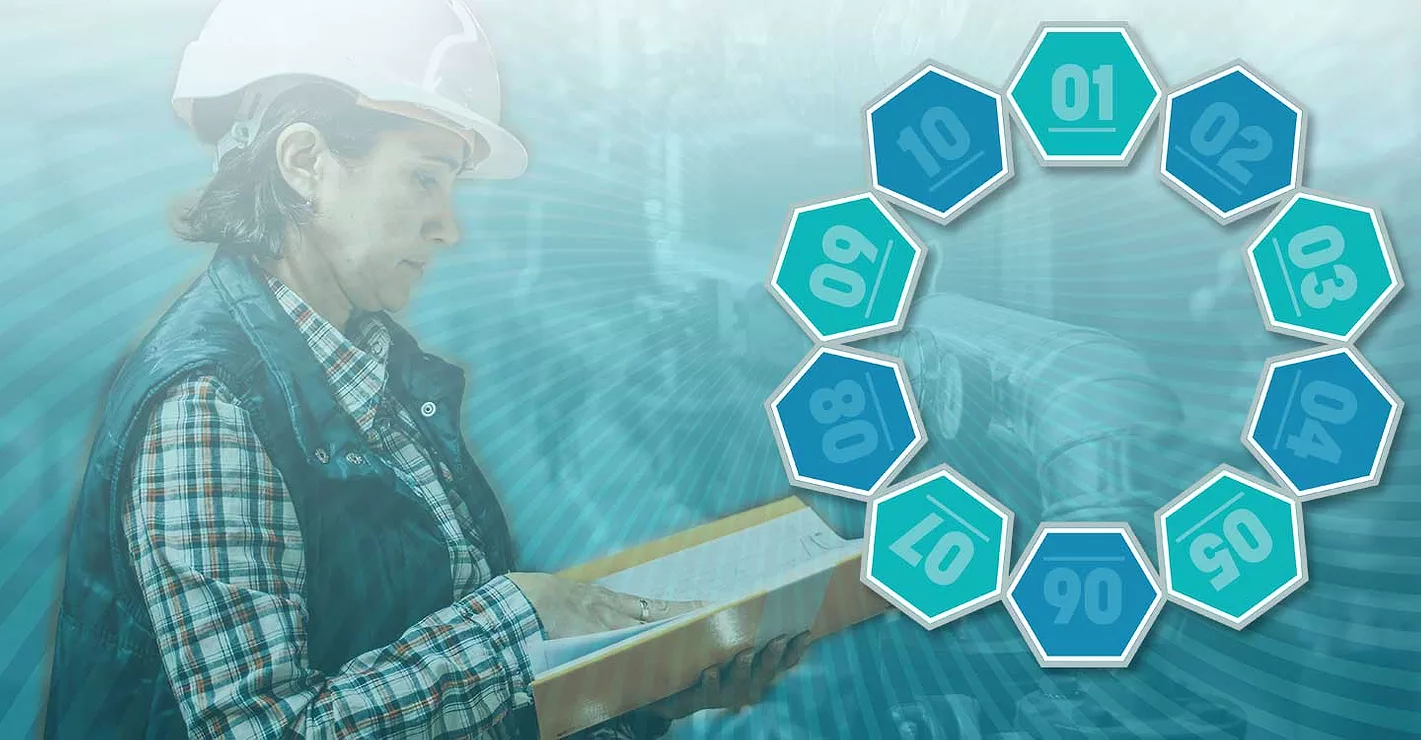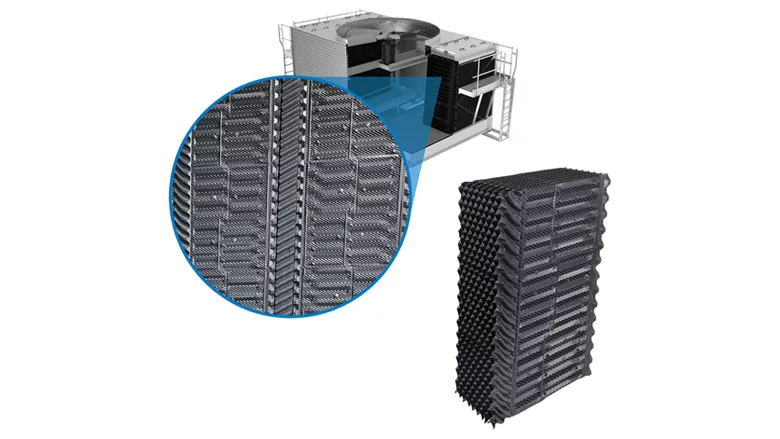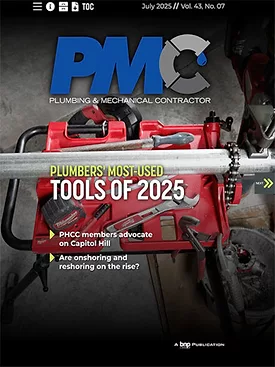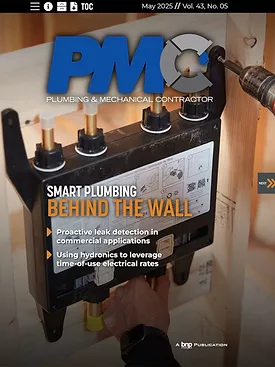
New Products
Sponsored Content
Sponsored Content is a special paid section where industry companies provide high quality, objective, non-commercial content around topics of interest to the Plumbing & Mechanical audience. All Sponsored Content is supplied by the advertising company and any opinions expressed in this article are those of the author and not necessarily reflect the views of Plumbing & Mechanical or its parent company, BNP Media. Interested in participating in our Sponsored Content section? Contact your local rep!
closeVideos
More Videos
Bell & Gossett Illustrates Path to Net-zero at AHR Expo

NIBCO Press Solutions

PM Most Popular Videos
Plumbers keep the water flowing

PM Most Popular Videos
Getting Schooled by Siggy-EPISODE 1-FINAL
Stay informed on the top trends that matter to you.
Podcasts
More PodcastsPolls
More PollsWill business be up or down in 2025?












